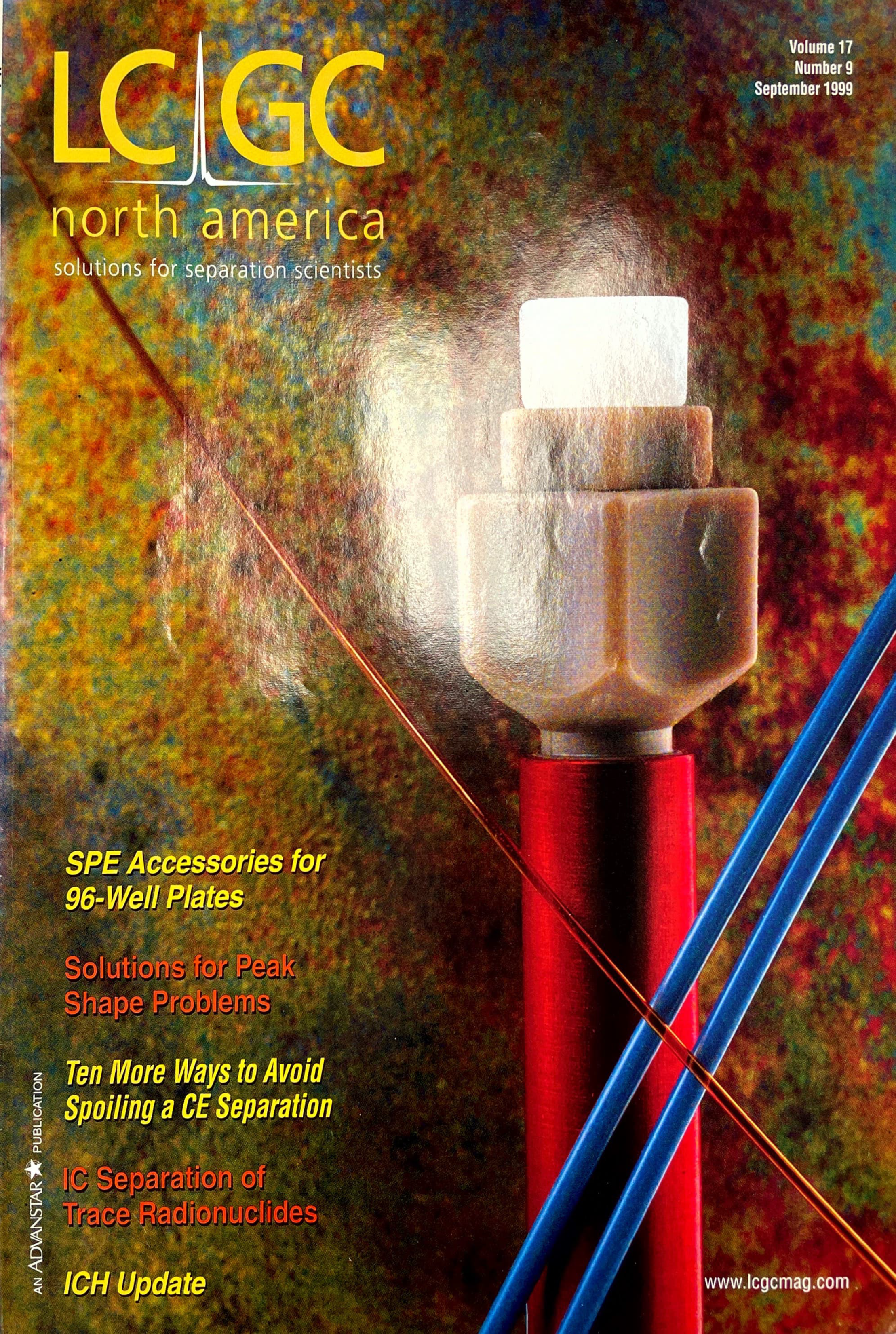Technical Note: Modifying a Standard HPLC Autosampler for On-Line Process Monitoring
Autosamplers for most high performance liquid chromatography (HPLC) systems share characteristic design features: enclosure in relatively small units and sampling operations performed with samples placed inside the autosampler housing. Although these features suffice for most HPLC applications, they limit the versatility of the autosampling operation when sample containers cannot fit inside the unit. In this technical note, the authors describe a simple modification of the standard HPLC autosampler flow path that enables automated sampling and analysis of samples outside the autosampler unit. An added benefit of the modified configuration is that it does not compromise operation in the standard mode, and switching between the two configurations is easy.
LCGC 17(9), 862–864 (1999).
Removing Double-Stranded RNA Impurities Using Chromatography
April 8th 2025Researchers from Agency for Science, Technology and Research in Singapore recently published a review article exploring how chromatography can be used to remove double-stranded RNA impurities during mRNA therapeutics production.
Troubleshooting Everywhere! An Assortment of Topics from Pittcon 2025
April 5th 2025In this installment of “LC Troubleshooting,” Dwight Stoll touches on highlights from Pittcon 2025 talks, as well as troubleshooting advice distilled from a lifetime of work in separation science by LCGC Award winner Christopher Pohl.














